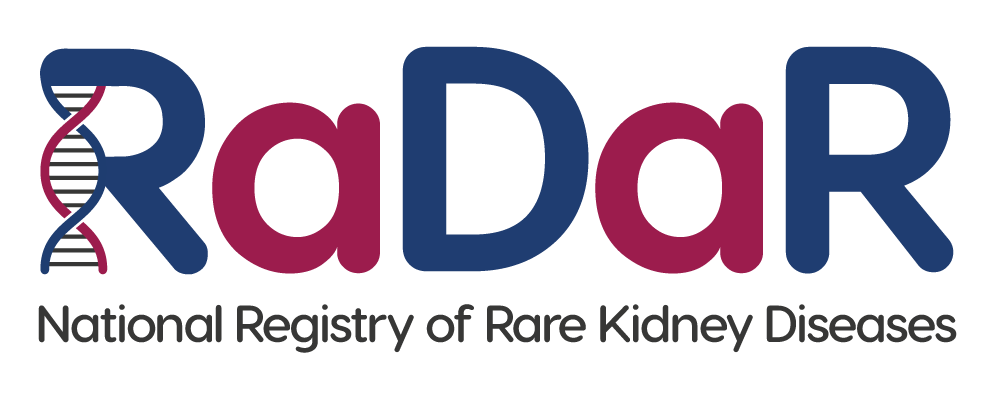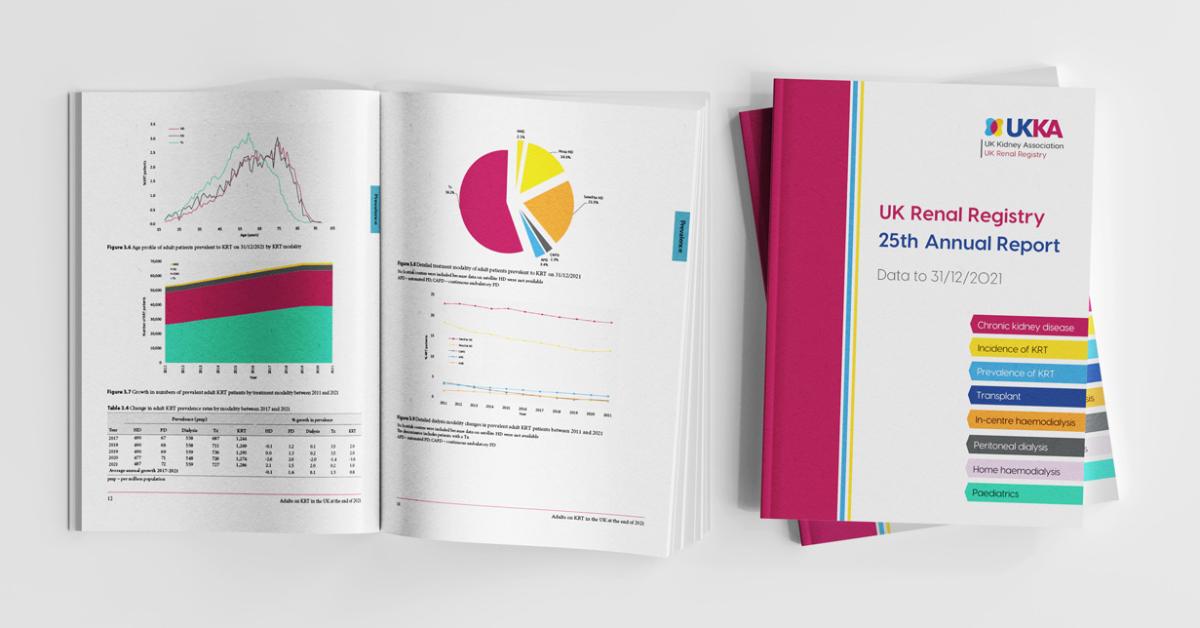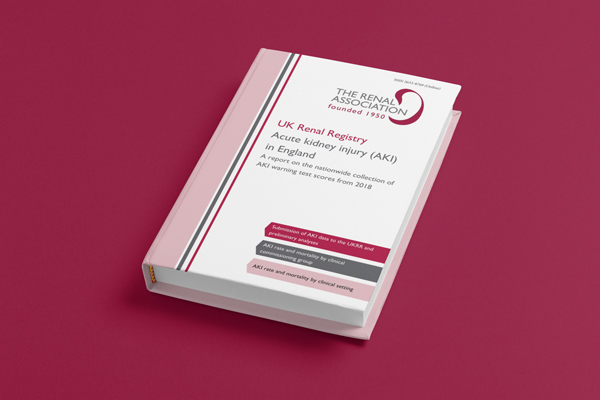Patient Information
Liddle Syndrome is a rare genetic disorder that causes persistent high blood pressure (arterial hypertension). It is unlike the common form of hypertension that affects people in middle and old age, because it starts in youth. The condition is usually first discovered during adolescence or early adulthood.
Most people with high blood pressure do not have any symptoms. However, some people with severe hypertension complain of persistent headaches, blurring of vision, breathlessness or frequent nose bleeds. Children with high blood pressure may show poor growth, something that catches up again when the hypertension is treated. Blood pressure should be checked in any child or adolescent who is not growing well.
Unrecognised or uncontrolled high blood pressure can lead to stroke, heart failure, eyesight problems and kidney damage. All of these can be prevented by early recognition and good blood pressure control.
In an individual below 40 years of age, and especially in children, it is unwise to assume that high blood pressure is simply caused by a western life style. If a young person develops hypertension there needs to be an investigation into why it has happened.
Liddle Syndrome is a genetic disorder and passes from one generation to the next. If one person in a family has been diagnosed, it is important that other relatives get their blood pressure measured. This advice also applies to children.
Liddle Syndrome is fairly easy to identify on certain blood tests. (See Clinician Information for details).
Treatment aims to lower blood pressure and prevent complications of hypertension. The best blood-pressure lowering drugs for Liddle syndrome are amiloride or triamterene. These are both mild diuretics, and can often be used by themselves. Other types of blood pressure medication are not as effective, even in combination
Adjusting the diet to lower salt consumption is very important. See dietary needs for details.
Liddle Syndrome is a life-long condition requiring continued treatment and regular medical appointments and occasional blood tests.
A DNA test may be useful. This is a simple blood test that looks at the genes that cause the condition. Some people find this information helpful when planning a family. Other family members might also want their DNA examined. This can be arranged through their doctor, a renal clinic, or a geneticist.
Pending
Pending
The kidneys are crucial in maintaining exactly the right amount of salt and water in the body. In Liddle Syndrome the kidneys recover too much salt. This resets the amount of salt and water in the body. Over time this increases the blood pressure, and it also lowers potassium. The kidneys otherwise perform perfectly well.
The kidneys sense whether the salt and water content of the body is high or low. In Liddle Syndrome, the excess of both means that two hormones (aldosterone and renin) that tell the kidney to retain salt are switched off. This is the normal response. Measuring these hormone levels in the blood is therefore helpful in establishing if Liddle Syndrome is the cause of the hypertension. It means that the problem is not with these hormones but in the way the kidneys regulate themselves. Another diagnostic clue is that the concentration of potassium in the blood plasma is low, and the bicarbonate level high. These finding indicate whereabouts in the kidney tubules the transport of salt and potassium is going wrong.
Liddle Syndrome affects males and females equally. It is caused by changes in one of two genes that are important for moving salt around in the kidneys. These are known as SNCC1B and SCNN1G.
Everyone has 2 copies of the gene involved:
- Healthy people have two normal copies
- People with Liddle Syndrome have one copy that works normally and one that doesn’t. The one abnormal gene is enough to cause hypertension.
- Therefore a patient with Liddle syndrome has a 50% chance of passing on the condition to their child. This is known as autosomal dominant inheritance.
Note that the hypertension may not be equally severe in all those with Liddle’s in a given family. This is because there are many other genetic and lifestyle events that can modify blood pressure in an individual.
The Tubulopathy Group (RDG) is working with international partners with the aim of finding new and improved treatments and to empower patients. A first step is to compare the symptoms and genetic markers of Liddle Syndrome. To do this the RDG is registering patients in the National Renal Rare Disease Registry (RaDaR). The registry will be used to find suitable participants for future research trials into the effectiveness of new treatments.
If you are interested in finding out more about RaDaR or the activity of the RDG please visit the Tubulopathy RDG page.




